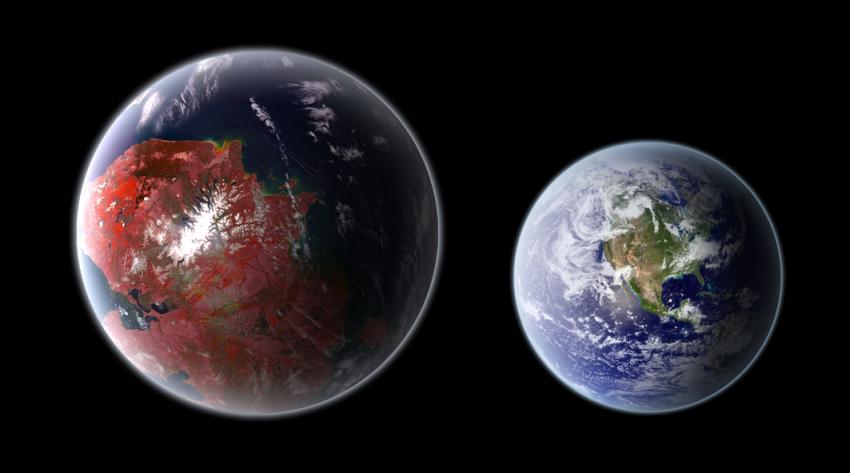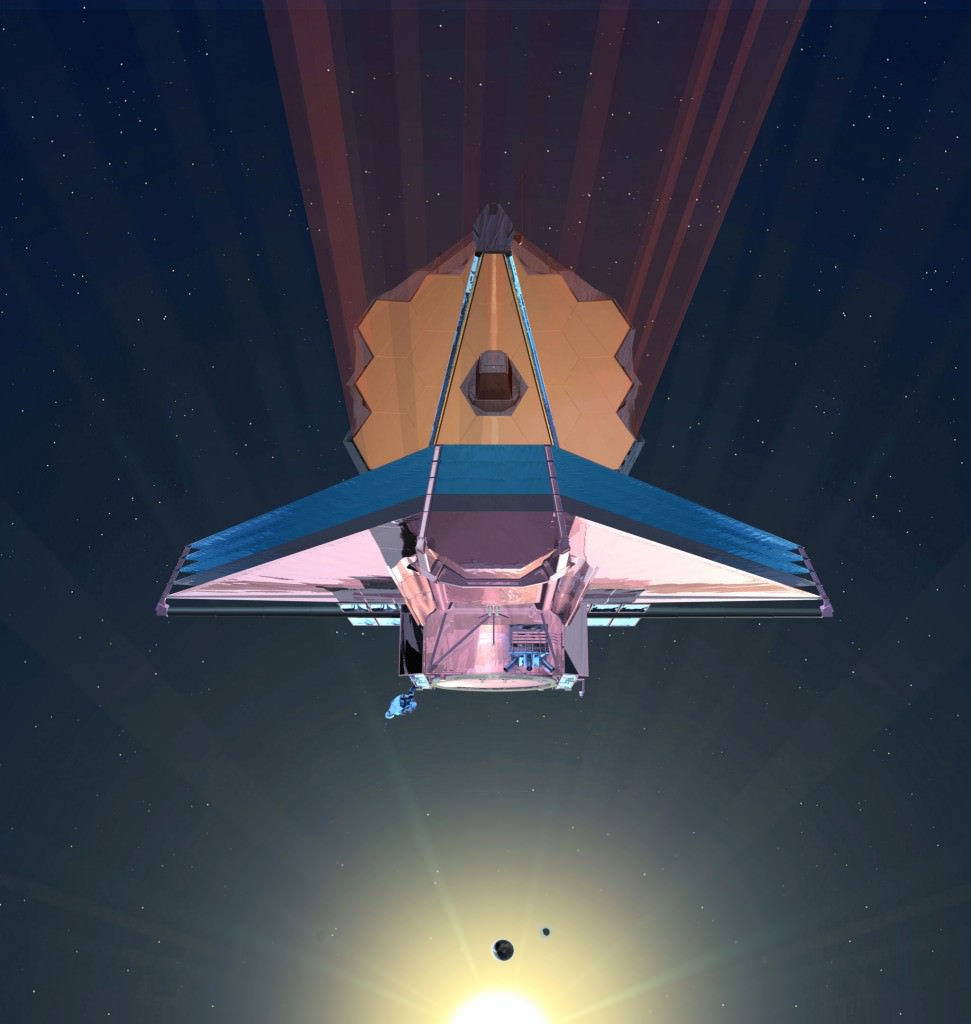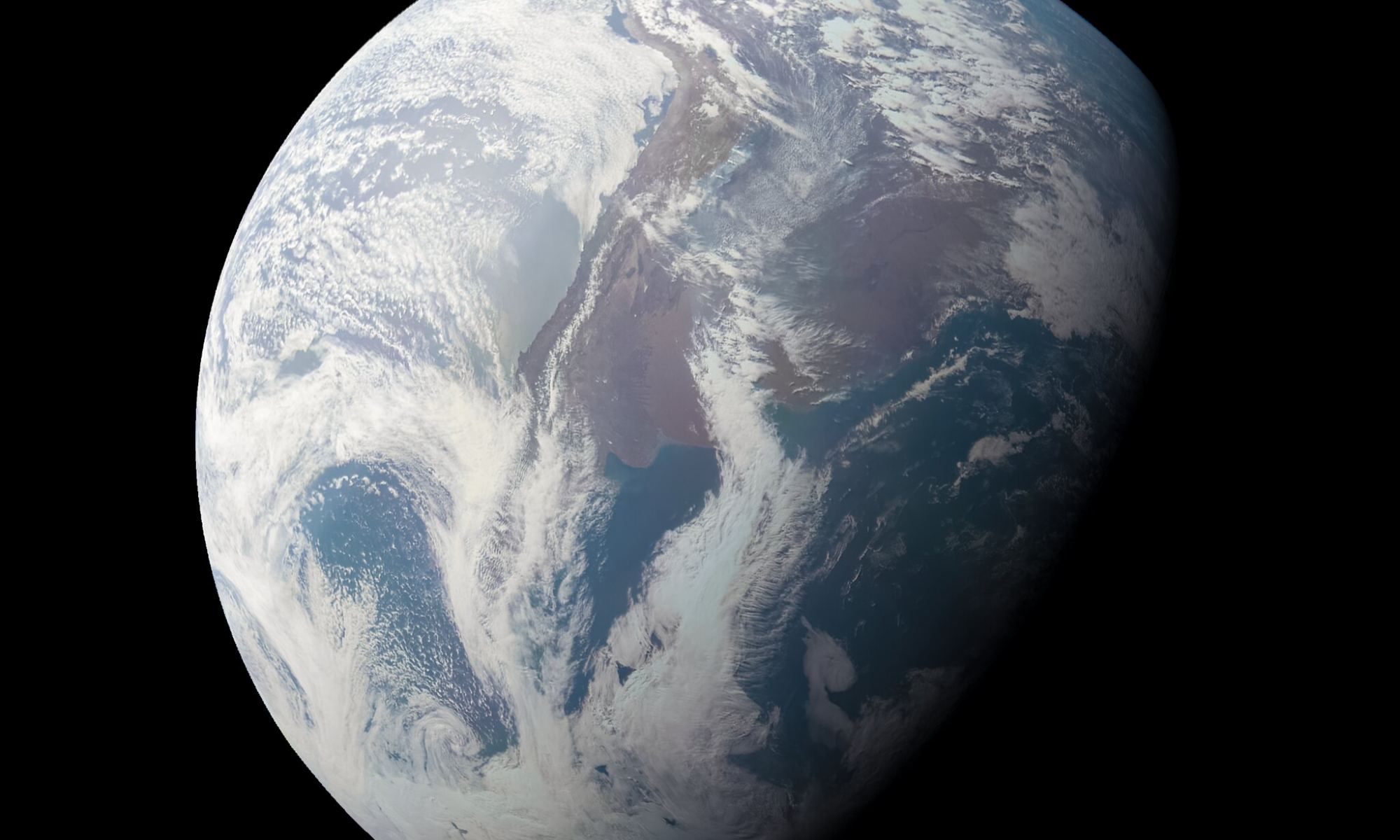To date, astronomers have confirmed the existence of 4,422 extrasolar planets in 3,280 star systems, with an additional 7,445 candidates awaiting confirmation. Of these, only a small fraction (165) have been terrestrial (aka. rocky) in nature and comparable in size to Earth – i.e., not “Super-Earths.” And even less have been found that are orbiting within their parent star’s circumsolar habitable zone (HZ).
In the coming years, this is likely to change when next-generation instruments (like James Webb) are able to observe smaller planets that orbit closer to their stars (which is where Earth-like planets are more likely to reside). However, according to a new study by researchers from the University of Napoli and the Italian National Institute of Astrophysics (INAF), Earth-like biospheres may be very rare for exoplanets.
The study, titled “Efficiency of the oxygenic photosynthesis on Earth-like planets in the habitable zone,” was recently published in the Monthly Notices of the Royal Astronomical Society. Led by astrophysics Prof. Giovanni Covone of the University of Napoli, the team focused on whether or not exoplanets discovered so far get enough Photosynthetically Active Radiation (PAR) to allow for the development of complex biospheres.

This work builds on what we’ve come to know about the evolution of Earth’s biosphere, which has changed drastically over time. From what scientists have been able to piece together from the geological record, climatological studies, and fossilized remains, it is theorized that the first lifeforms emerged on Earth roughly 4 billion years ago, just 500 million years after the planet formed from the protoplanetary disk that surrounded our Sun.
Shortly thereafter, single-celled microbes emerged that relied on photosynthesis to generate nutrients and molecular oxygen (O2) from sunlight and carbon dioxide – which made up a significant portion of Earth’s atmosphere at the time. By the Paleoproterozoic Era (c.a 2.4 to 2.0 billion years ago), this led to the “Great Oxygenation Event,” where molecular oxygen began to slowly accumulate in Earth’s atmosphere and allowed for the emergence of more complex lifeforms.
Specifically, photosynthetic organisms relied on solar radiation that ranges from 400 to 700 nanometers on the electromagnetic spectrum to carry out “oxygenic photosynthesis” – which corresponds roughly to the range of light that the human eye can perceive – aka. visible light. This is of significant concern to astrobiologists since Sun-like stars (G-type yellow dwarfs) are rare, with an estimated 4.1 billion in the Milky Way galaxy (between 1% and 4%).
It is main sequence M-type red dwarfs that make up the majority of stars in our Universe, accounting for roughly 75% in our galaxy alone. Compared to Sun-like stars, red dwarfs are cooler and less luminous and are known for their elevated flare activity and producing a significant amount of radiation in the ultraviolet band. In addition, based on the current census of rocky exoplanets, red dwarfs are considered to be the most likely place to find Earth-like planets.

For the sake of their study, Covone and his colleagues examined how much energy known-terrestrial exoplanets receive and whether it would be enough to produce nutrients and molecular oxygen. As Prof. Covone summarized in a Royal Astronomical Society news release:
“Since red dwarfs are by far the most common type of star in our galaxy, this result indicates that Earth-like conditions on other planets may be much less common than we might hope. This study puts strong constraints on the parameter space for complex life, so unfortunately it appears that the “sweet spot” for hosting a rich Earth-like biosphere is not so wide.”
They found that of all the known rocky exoplanets, only one comes close to receiving the amount of PAR it would need to sustain a large biosphere. This was Kepler-442b, a rocky planet about twice as massive as Earth (aka. a Super-Earth) that orbits within the HZ of a K-type orange dwarf located roughly 1,206 light-years away. They further found that stars with half the surface temperature of our Sun – 5,778 K (5500 °C; 9940 °F) – or less cannot sustain Earth-like biospheres.
This applies to many K-type orange dwarf stars, which have surface temperatures of 3,900 to 5,200 K (3625 to 4925 °C; 6560 to 8900 °F). While planets orbiting them could still carry out oxygenic photosynthesis, they would not be able to sustain rich biospheres. Meanwhile, all M-type red dwarfs – which range from 2,000 to 3,900 K (1725 to 4925 °C; 3140 to 8900 °F) – would not receive enough energy to even activate photosynthesis.

Meanwhile, stars fall into the O, B, A, or F spectral range (which are generally blue or white) have surface temperatures ranging from over 30,000 K (29,725 °C; 53,540 °F) to a low of 5,200 K (4925 °C; 8,900 °F). While planets orbiting within the HZs of these stars could give rise to photosynthetic organisms, they would not be able to sustain biospheres long enough for complex life to evolve.
These findings are reminiscent of previous research conducted by Manasvi Lingam and Abraham Loeb, a postdoctoral researcher and the Frank B. Baird Jr. Professor of Science at Harvard University (respectively). In a 2019 study, titled “Photosynthesis on habitable planets around low-mass stars,” they demonstrated how planets that orbit red dwarf stars may not recieve enough photons to support photosynthesis.
In November of 2021, the James Webb Space Telescope (JWST) will launch to space, where it will use its advanced infrared imaging capability to detect smaller planets that orbit more closely to their stars, particularly red dwarfs. By 2024, it will be followed by the Nancy Grace Roman Space Telescope (RST), which will use its sophisticated optics and wide field of view (100 times that of Hubble) to detect more exoplanets than ever before.
These and other sophisticated observatories will increase the number of confirmed exoplanets exponentially, shedding new light on what it takes for a planet to be habitable (for life as we know it, at any rate). With any luck, we will discover planetary environments that are capable of supporting life as we don’t know it, thus expanding the scope of our search efforts.
Further Reading: Royal Astronomical Society, MNRAS


Sériously ? Terrestrial plants are just adapted to the solar spectrum, Plants on other planets will also adapt to their own stellar spectrum. Another point, on Earth the red part of the spectrum is already used so i don’t know why it would not be used on a red dwarf planet.